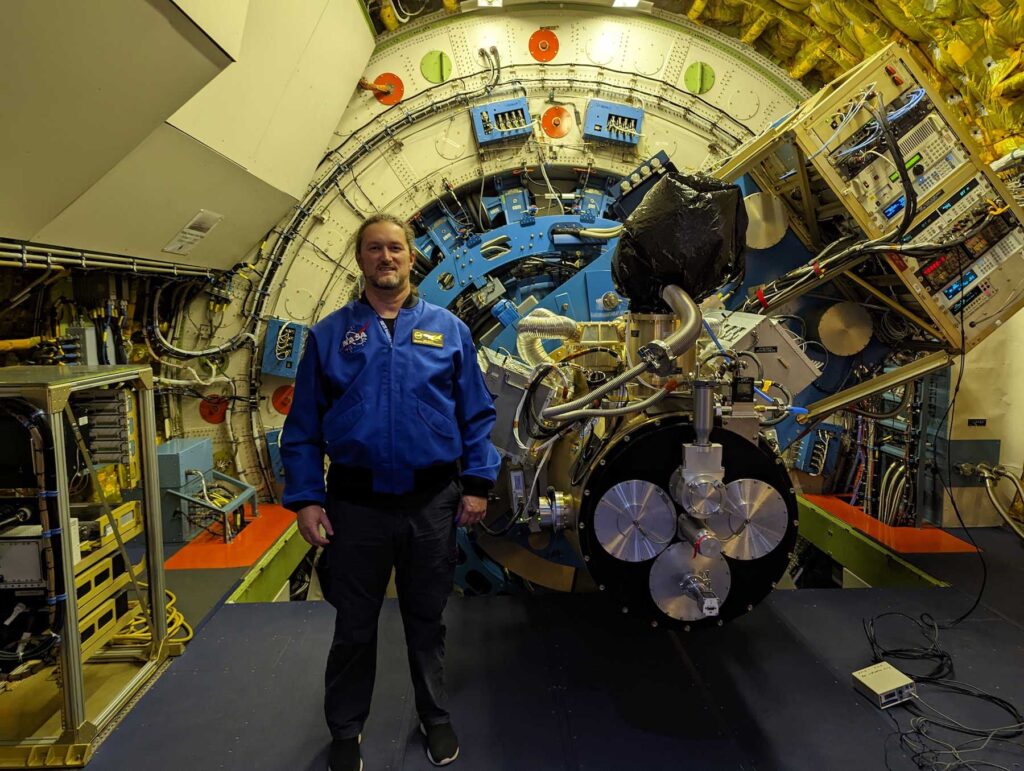
Courtesy Steve Yingling, Western Nevada College
Western Nevada College Physics Professor and Jack C. Davis Observatory Director Dr. Thomas Herring’s astronomy training recently soared to new heights in Palmdale, Calif.
Dr. Herring boarded a Stratospheric Observatory for Infrared Astronomy (SOFIA) aircraft — a modified 747 — as part of NASA’s Airborne Astronomy Ambassador (AAA) program that he was honored to become part of in February. He was part of two overnight flights on Sept. 20-21 and Sept. 22-23, and the last educator group aboard SOFIA.
“The environment was very different from a commercial flight. We had to bring our own snacks for one thing,” Dr. Herring joked. “The biggest difference was the noise level. Without hearing protection, it was really loud. Everyone onboard wears a headset to protect hearing, and you have to plug in to communications terminals to talk with each other effectively.”
The communication between educators on his flights made the 10-hour flights compelling, if not turbulent.
“Listening to the different teams communicate via as many as 5 or 6 communication channels at once was really interesting; it was very much organized chaos,” he said. “The crew members were all very friendly and genuinely seemed to enjoy having educators onboard.”
Visually, the highlight from his flights was seeing the Northern Lights during the northernmost leg of his overnight trip on Sept. 23 while passing through Northern Idaho and Montana.
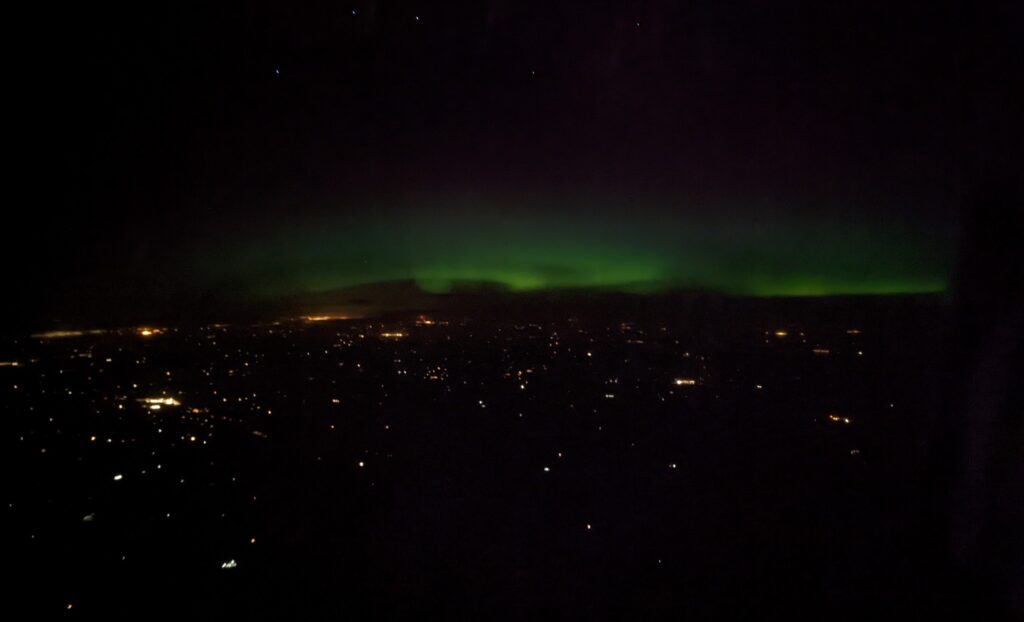
But it was the opportunity and scientific nostalgia of taking the SOFIA flights that overcame Dr. Herring.
“I was present for the completion of a multi-year long survey of magnetic fields near the Galactic Center. The flight was historic in completing science but also in that it was near the end of SOFIA's mission,” he said. “It was really amazing to have the opportunity, especially considering that my group of five educators was the last educator group to fly aboard SOFIA.”
Dr. Herring said that his group of educators on the last SOFIA flight dubbed itself as the “Omegas,” from the last letter of the Greek alphabet.
“Just a week after my last flight, the SOFIA had its last science flight ever,” he said. “Knowing that I have a small part in the history of such an iconic instrument is something that I will treasure forever.”
Dr. Herring was among 24 teachers from community colleges, high schools and middle schools from 13 states who were selected for the program dedicated to improving science teaching and enhancing student learning and STEM engagement.
These instructors received training in astrophysics and planetary science, including the week-long STEM immersion experience at a NASA astronomy research facility in Palmdale, Calif., or alternatively at the Infrared Telescope Facility on Mauna Kea in Hawaii.
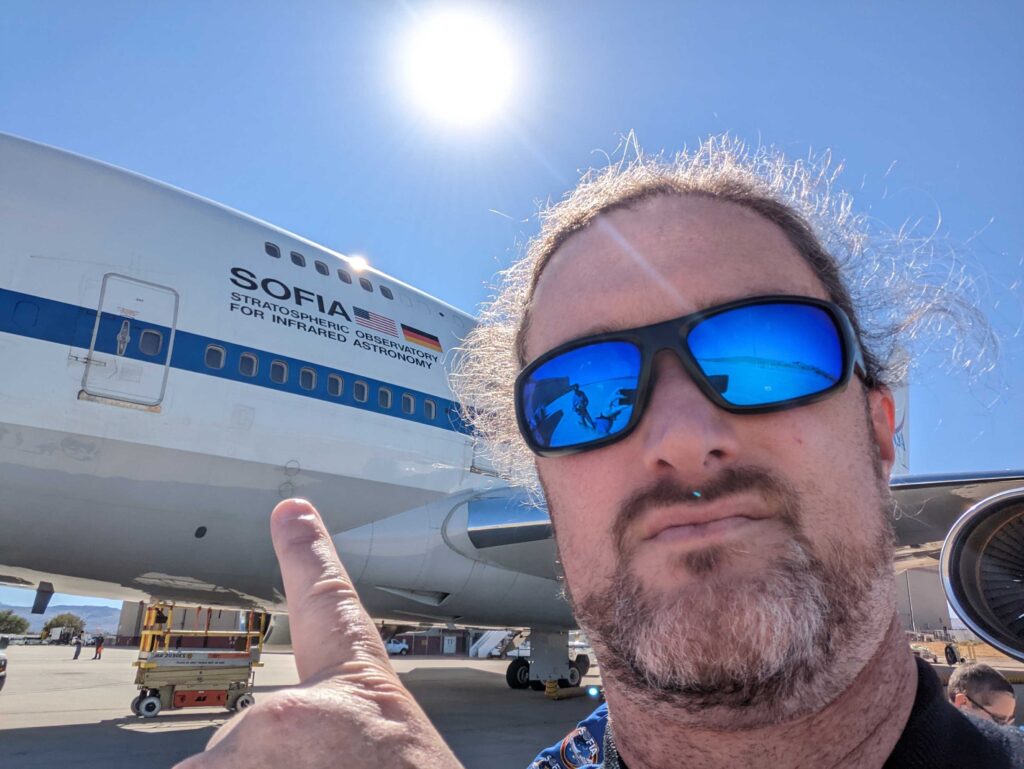
Next, Dr. Herring and other instructors will be tasked with teaching a physical science curriculum module created by the SETI Institute, connecting curriculum concepts to NASA-enabled research. Past controlled-study evaluations of the AAA program have shown statistically significant improvements in student learning and engagement among students whose teachers participated in the program.
“It’s exciting to learn more about infrared astronomy and bring some great knowledge and curriculum back to the astronomy classrooms at WNC,” Dr. Herring said.
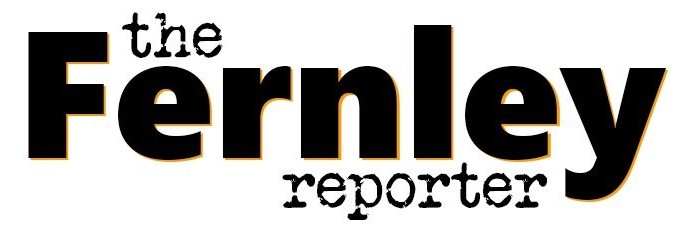

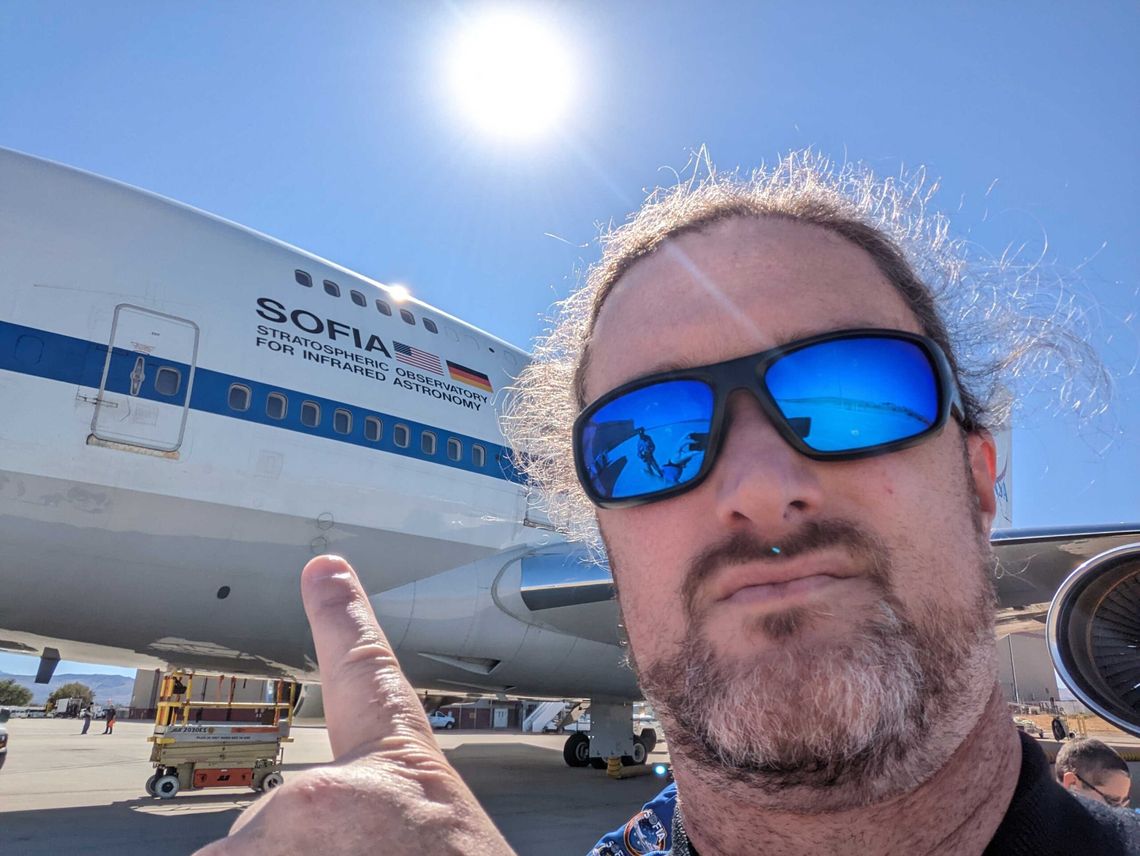

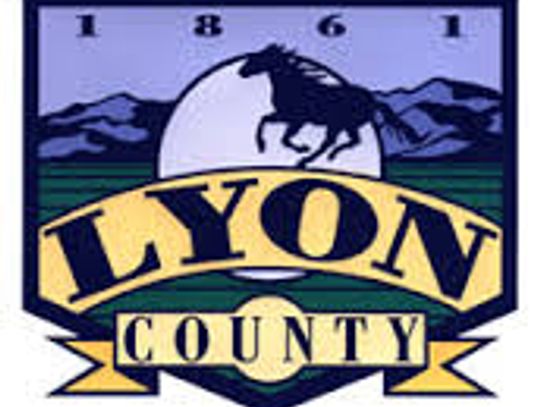
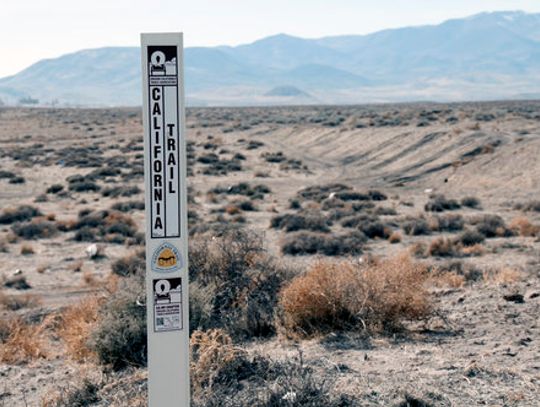



Comment
Comments